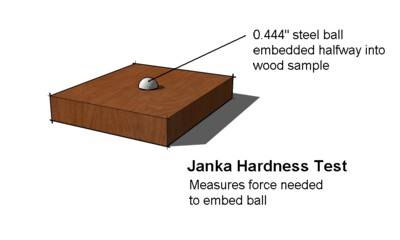
Jatoba // Hymenaea courbaril
Also called Brazilian Cherry, and one of our more popular imported woods. Hard, very heavy, and very tough. The grain is commonly interlocked with a medium coarse texture. Somewhat difficult to work due to its hardness and weight, however Jatoba remains a popular choice for furniture pieces and other woodwork.Color Range
Russett to reddish brown, often with dark stripes or streaks.Other Names
Alga, Algarrobo, Azucar huayo, Brazilian Cherry, Copal, Copinol, Courbaril, Gaupinol, Jatahy, Jatoba, Jutai, Kawanari, Locust, Pie de venado, Rode locus, Rode rode locus, West indian locustSome Typical Uses
Furniture, cabinets, flooring, veneer, decks, outdoor furniture, trim, stairs, moldings.What's the Tree Like?
Usually less than 100 feet with a trunk 24-48", but occasionally larger. May have swollen bases or buttresses and boles clear to 80 feet.Jatoba grows in Latin America





